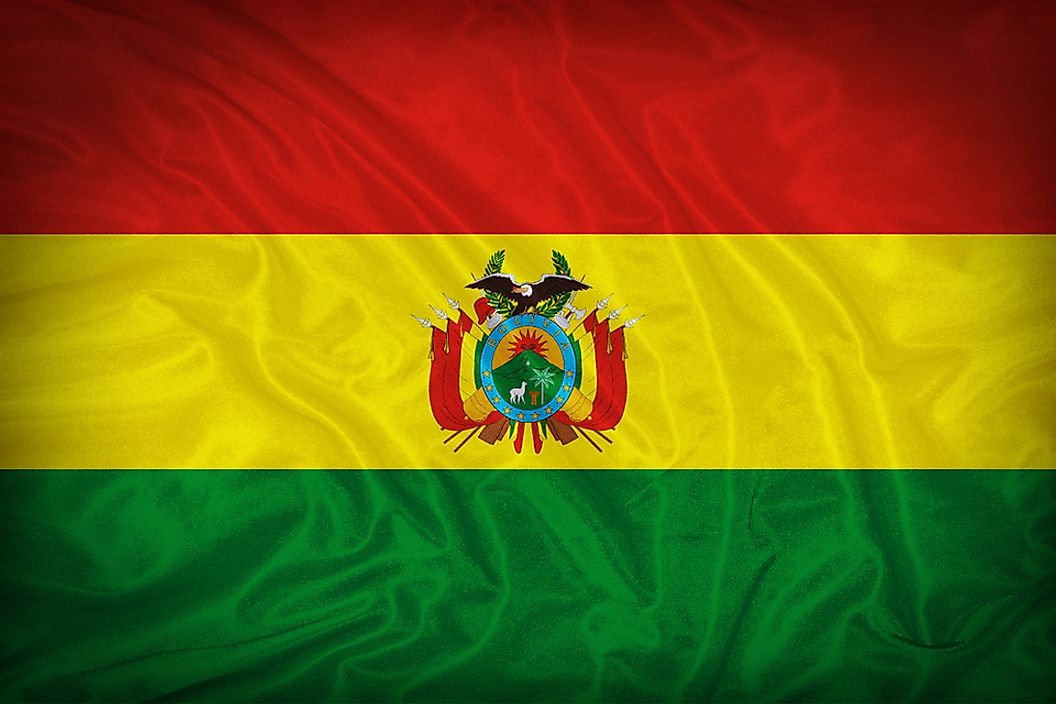What Languages are Spoken in Bolivia?

The Constitution of Bolivia was adopted in 2009, and specified the country's official languages. Bolivia has one of the highest numbers of official languages in the world, with 39 languages being lawfully recognized as official. The major native languages in Bolivia that have more than a million speakers are Quechuan and Aymara. Castilian is the Spanish dialect used in Bolivia, with speakers found all over the country.
Castilian
Castilian is the dominant language in Bolivia and is spoken by the majority of the country’s population. Also known as Bolivian Spanish, the language is among the official languages in Bolivia. Castilian speakers are found all over the country, and the language exists in five distinct dialects: Vallegrandino Spanish, Valluno Spanish, Chapaco Spanish, Camba Spanish, and Andean Spanish. These dialects are primarily defined geographically. The Andean Spanish dialect is used by Bolivians residing in the Andes region. The Valluno Spanish closely resembles Andean Spanish, with the main differences seen in the intonation. Valluno Spanish is predominantly spoken in the Cochabamba and the Chuquisaca regions. Camba Spanish is another dialect of the Castilian language and its speakers reside primarily in the Beni, Santa Cruz, and Pando regions. The Chapaco Spanish dialect is mainly spoken in the Chuquisaca, Santa Cruz, and Sud Chichas regions.
Aymara
Aymara is another official language in Bolivia, with about 2.8 million native speakers in the Andes region, and about 2 million more residing in Bolivia. Aymara is one of the few Native American languages with native speakers numbering over a million. These native speakers are mostly found in the Andes region. The language is named after the Aymara, a name given to the ancient inhabitants of the Apurimac region. Some linguists believe that Aymara is a language group from which other languages are derived. Aymara has been on a decline in recent years, with the number of native speakers decreasing significantly. However, the Bolivian government has come up with remedies to encourage the use of Aymara, including intercultural bilingual programs.
Quechuan
Quechuan is an official language in Bolivia and is predominantly spoken natively by the Quechua ethnic group. The language is the most widely spoken native language in South America, with about 10 million speakers across the continent. In Bolivia, the number of native Quechuan speakers is estimated to be over 2.1 million people. Quechuan is renowned for being the language used in the ancient Inca Empire. However, in the 18th century, Spanish colonialists banned the use of Quechuan while encouraging locals to embrace the Spanish language. The language is divided into two geographically-defined dialects: Quechua I and Quechua II. Quechua II is the dialect with the most speakers across Bolivia. Like many other indigenous languages in Bolivia, Quechuan is experiencing a steady decline in the number of native speakers decreasing in the recent past. This decline is attributed to the lack of Quechuan-based literature, with the Bible being the only wide-spread book written in Quechuan.
Plautdietsch Language
Plautdietsch is the dominant foreign language in Bolivia, with over 160,000 speakers throughout the country. The main speakers of the language are Mennonites, who reside in the Santa Cruz region. Plautdietsch is a German dialect whose origins are traced back to the 16th century in Royal Prussia. The language eventually spread to Latin America, arriving in Bolivia in the 1950s.
Bolivian Sign Language
Bolivian Sign Language is based on American Sign Language, with the two languages sharing several characteristics. Bolivian Sign Language is used by Bolivia's deaf population, which is estimated at about 22,600 people, according to Ethnologue. The first Bolivian Sign Language book was published in 1992.











